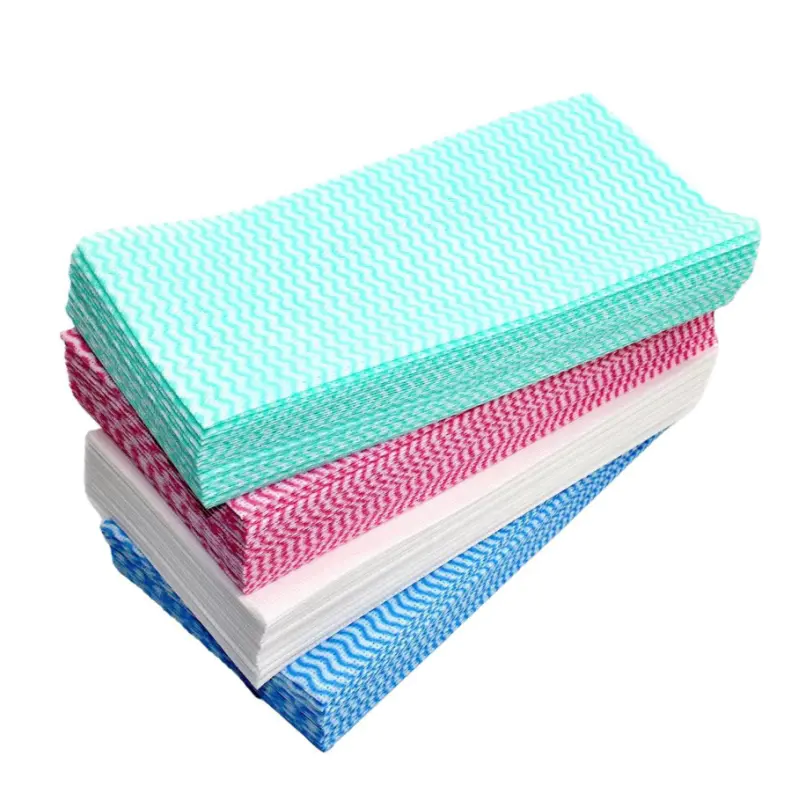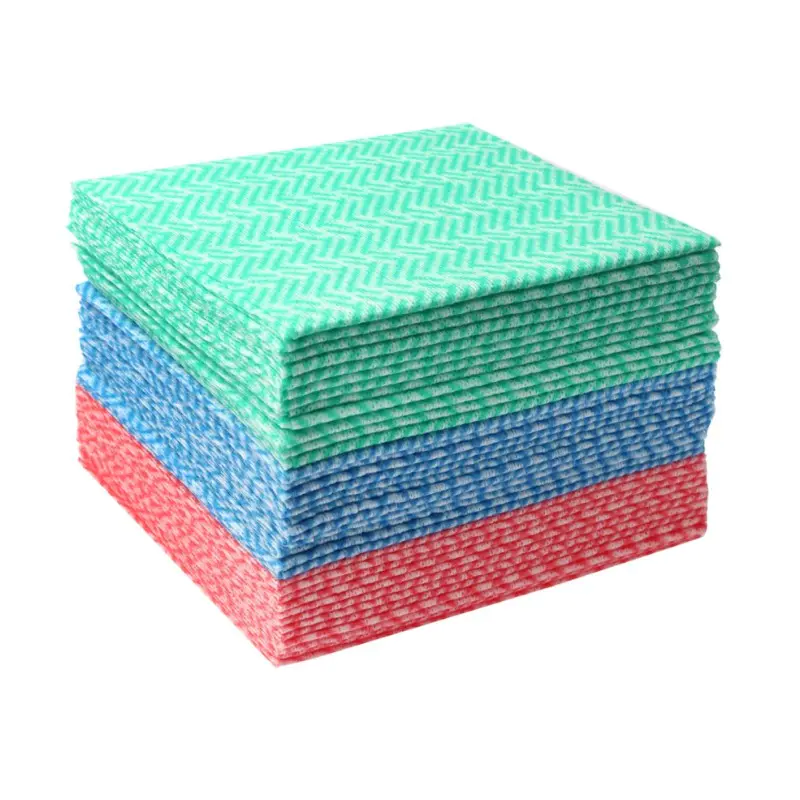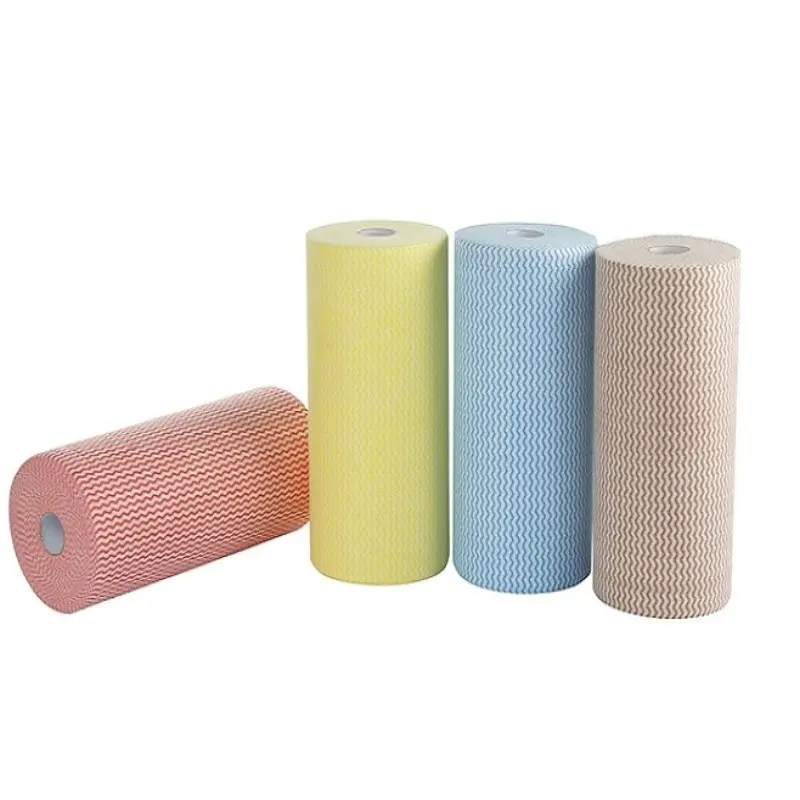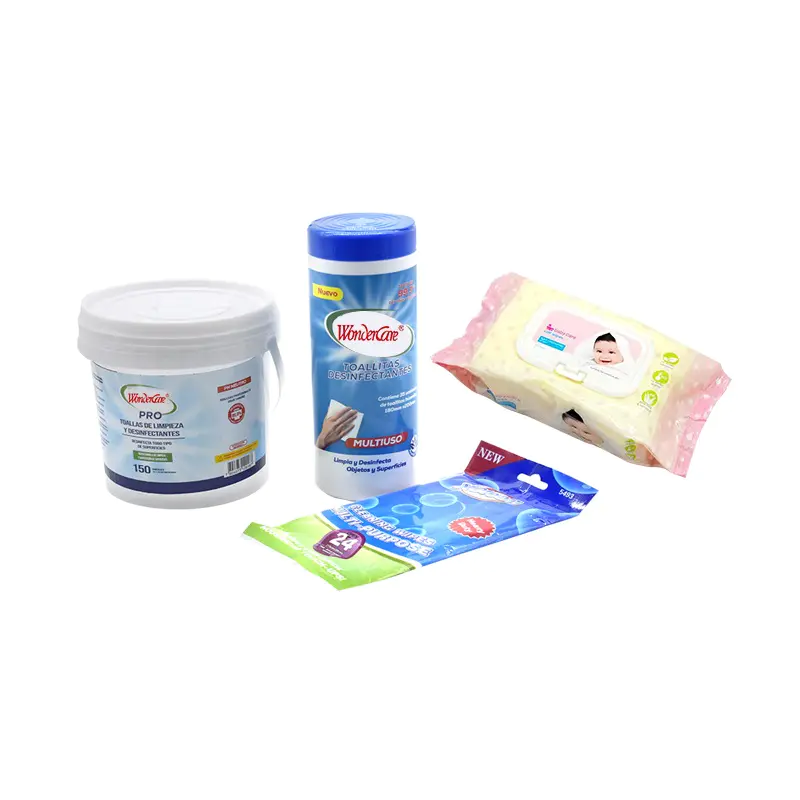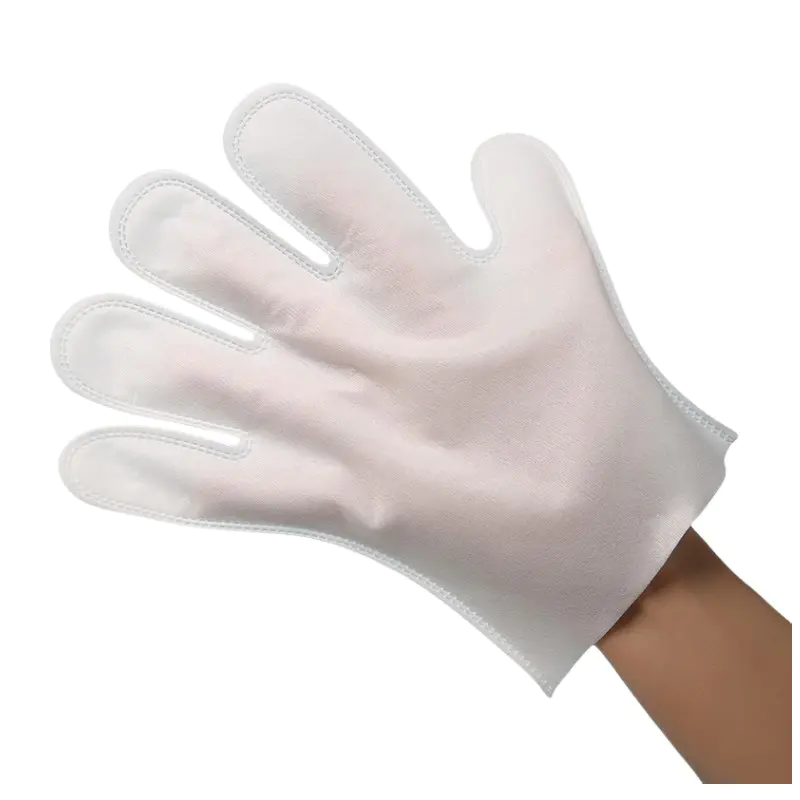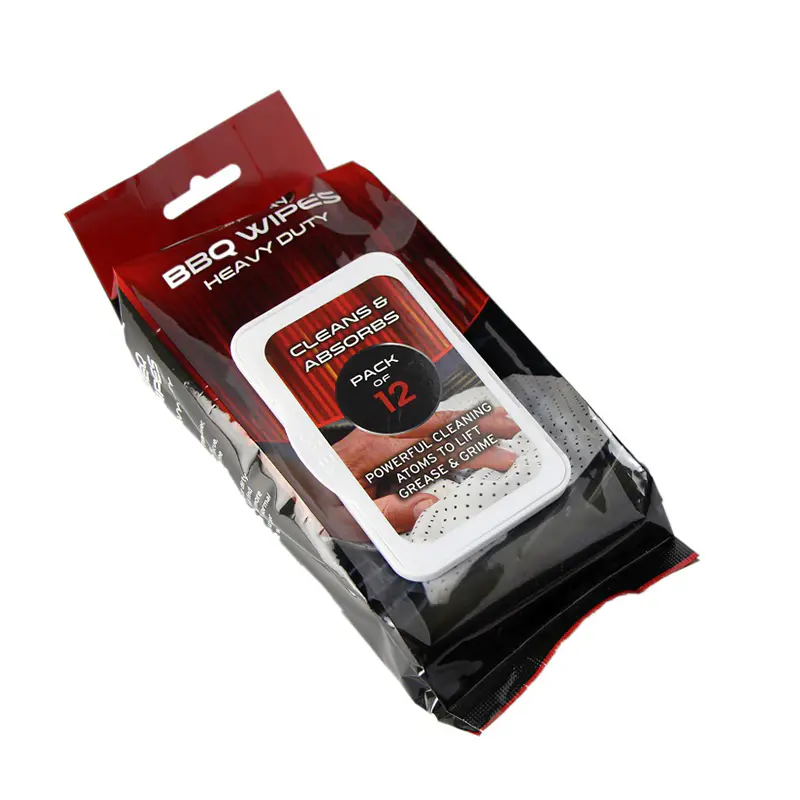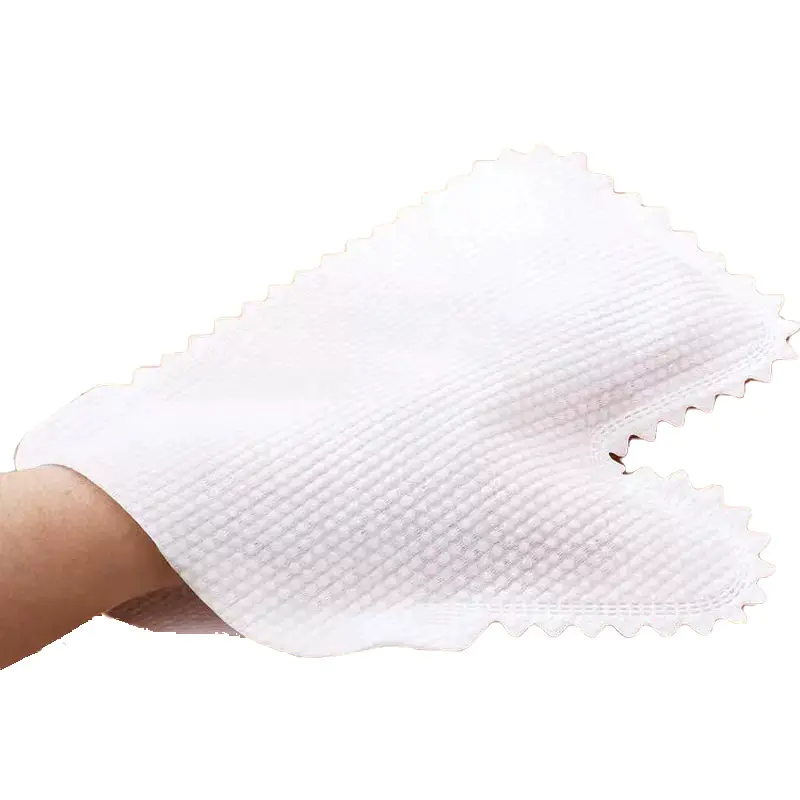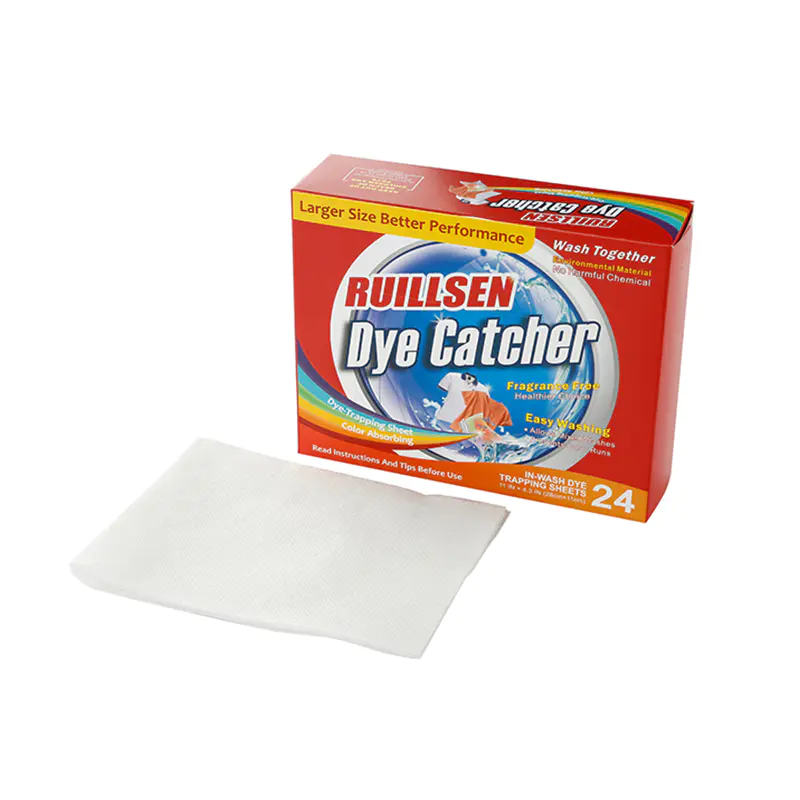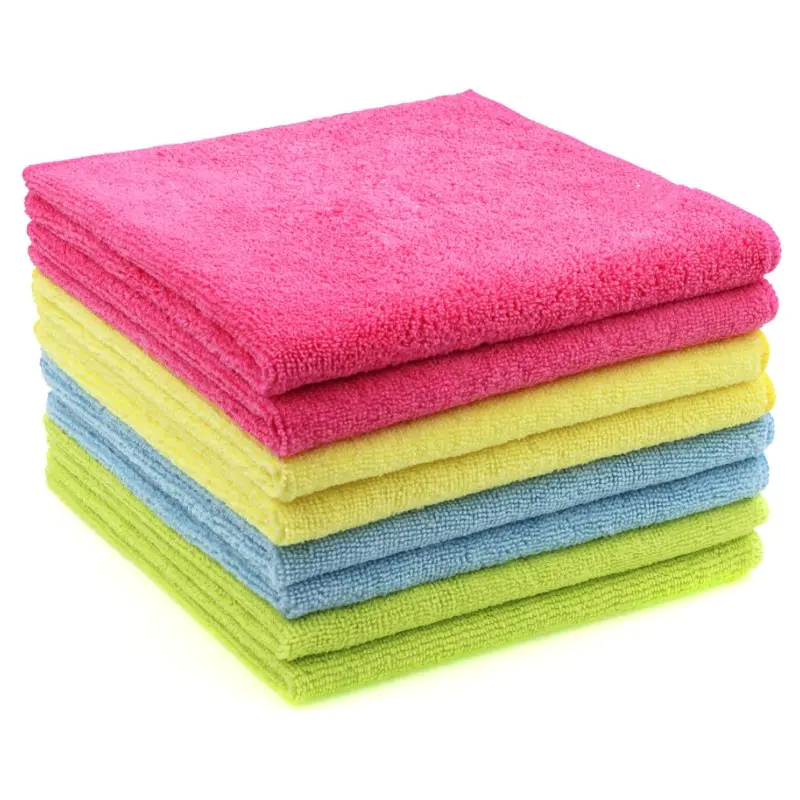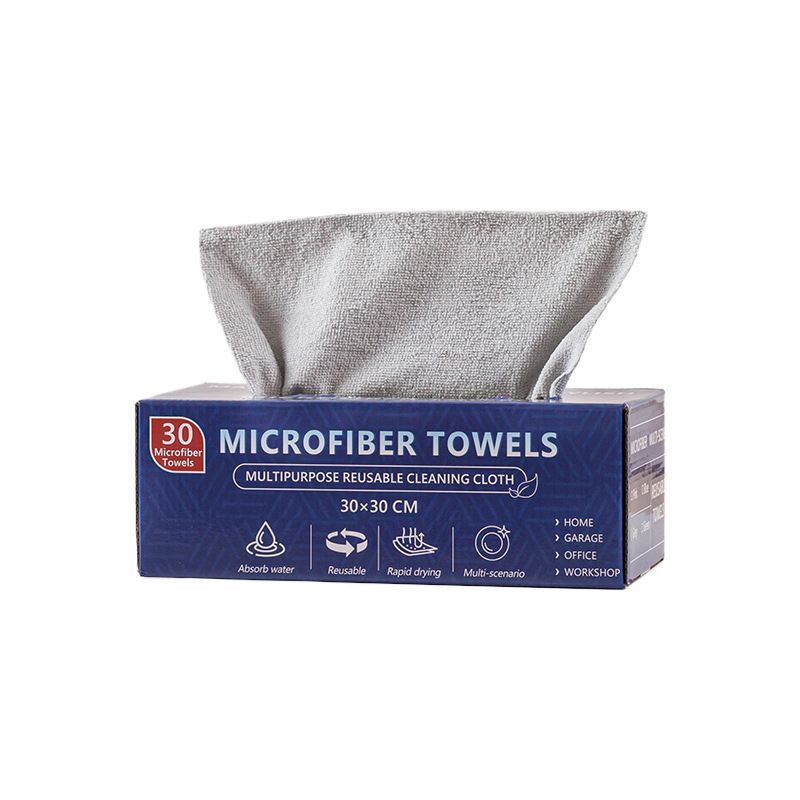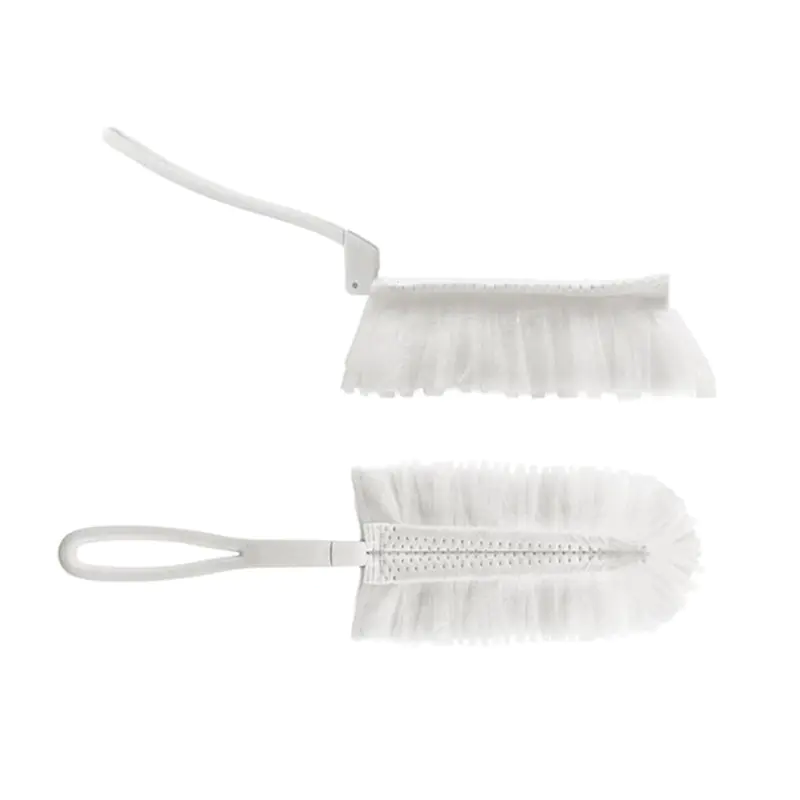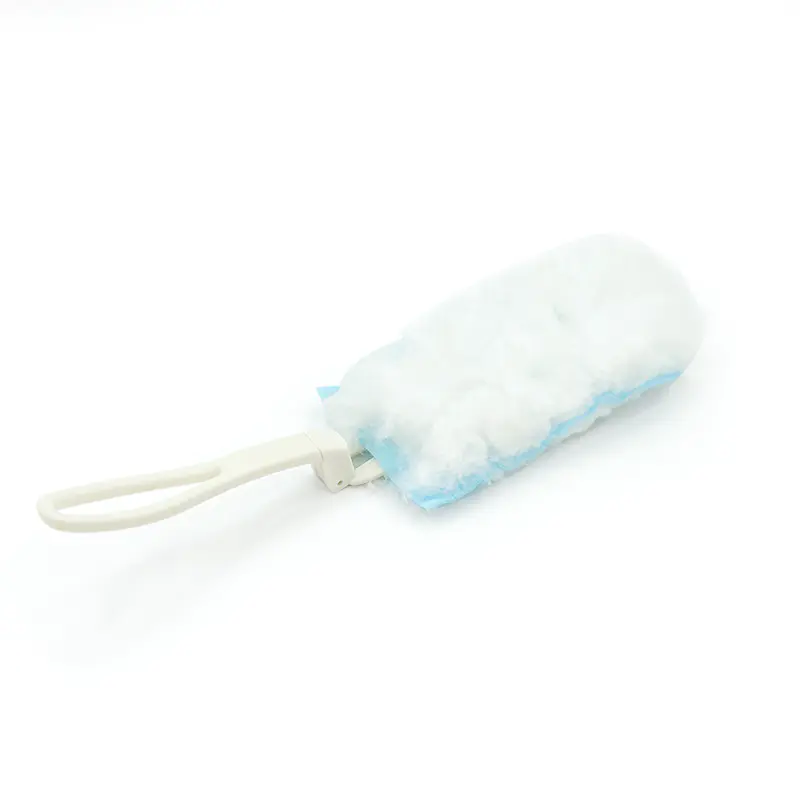After washing your car, drying is one of the most important steps to achieve a spotless and glossy finish. Many car owners underestimate this stage, but improper drying can lead to water spots, swirl marks, or even scratches on the paint surface. Using a car drying towel the right way can make all the difference — keeping your vehicle clean, shiny, and protected. In this article, we’ll explain how to use a car drying towel correctly, what to avoid, and some helpful tips to maximize its performance and lifespan.
1. Choose the Right Type of Car Drying Towel
Before you begin, it’s essential to select the proper towel. Not all towels are suitable for drying cars. The best option is usually a microfiber drying towel, known for its ultra-soft texture and high absorbency.
Here’s what to look for:
- Material: Microfiber with a blend of polyester and polyamide is ideal. It can absorb up to 7–10 times its weight in water.
- GSM (Grams per Square Meter): Towels between 600–1200 GSM are perfect for car drying — they are thick, plush, and gentle on paint.
- Edge Design: Choose towels with silk or microfiber edges to prevent scratching. Avoid those with rough stitching.
- Size: Large drying towels (e.g., 60×90 cm or larger) cover more surface area, making drying faster and more efficient.
A good-quality microfiber towel will glide smoothly over your car’s surface and reduce friction, helping to protect your paint.
2. Prepare the Towel Before Use
Before using your drying towel for the first time, wash it separately with mild detergent to remove any manufacturing residue. Avoid using fabric softeners or bleach, as they can damage the fibers and reduce absorbency.
When it’s time to dry your car, make sure the towel is clean and dry. A contaminated towel with dirt or debris can scratch your car’s surface. You can lightly dampen it before use if you prefer — some people find that a slightly damp microfiber towel absorbs water more efficiently.
3. Work in a Shaded Area
Always dry your car in a cool, shaded area, not under direct sunlight. Sunlight can cause water to evaporate too quickly, leaving behind water spots or mineral stains before you even get a chance to wipe them off.
Washing and drying in the shade gives you more control and ensures a smooth, streak-free finish.
4. Start from the Top and Work Downwards
When drying, it’s best to follow a top-down approach. The roof, windows, and hood tend to retain the most water, and working downward prevents dirty water from dripping onto already-dried areas.
Here’s an effective drying sequence:
- Roof and windows
- Hood and trunk
- Doors and side panels
- Bumpers and lower body areas
By following this order, you avoid spreading dirt or contaminants that may be stuck near the lower parts of your car.
5. Use the Blotting or Drag Method — Not Rubbing
One of the biggest mistakes people make is rubbing or scrubbing the towel across the car’s surface. This can create micro-scratches or swirl marks, especially if tiny dust particles are present.
Instead, use one of these safer drying methods:
- Blotting Method: Gently place the towel on the wet surface and press lightly to absorb water. Lift it off and move to the next section.
- Drag Method: Spread the towel flat on the surface and slowly drag it across using minimal pressure. This allows the towel to absorb water evenly without friction.
If your towel becomes saturated, wring it out or switch to a dry one to maintain efficiency.
6. Pay Attention to Hidden Areas
Water tends to hide in small crevices such as mirrors, door handles, emblems, and around the fuel cap. After drying the main surfaces, use a smaller microfiber towel to reach these tight spots.
You can also gently blow out trapped water using a car dryer or compressed air to prevent drips and streaks later. This extra step ensures your vehicle stays spotless even after a few minutes of drying.
7. Finish with a Gentle Buff
Once the car is completely dry, use a clean, dry microfiber towel to gently buff the surface. This helps remove any light streaks or remaining moisture and enhances the shine of your paint.
If desired, this is also the perfect time to apply a quick detailer or spray wax — the microfiber towel will spread the product evenly and leave a smooth, glossy finish.
8. Clean and Maintain Your Drying Towels
Proper towel care is essential for long-term performance. After each use:
- Wash the towels separately with a microfiber-safe detergent.
- Use warm water (not hot) to avoid damaging the fibers.
- Skip fabric softeners and dryer sheets.
- Air-dry or tumble-dry on low heat.
Store the towels in a clean, dry place away from dust or grease. High-quality microfiber towels can last for hundreds of washes if maintained properly.
9. Common Mistakes to Avoid
- Don’t use bath towels or cotton rags — they are too rough and can scratch your paint.
- Don’t let the towel touch the ground — it can pick up grit that causes damage.
- Don’t rush drying — a thorough, careful process gives better results and protects your car’s finish.
Conclusion
Using a car drying towel correctly is not just about keeping your car dry — it’s about protecting your paint, maintaining gloss, and preventing damage. The right microfiber towel, combined with proper technique, makes drying faster, safer, and more effective.
Remember: use a clean towel, work in the shade, dry from top to bottom, and avoid rubbing. With these simple steps, your car will not only be spotless but will also maintain its beautiful, mirror-like finish for years to come.
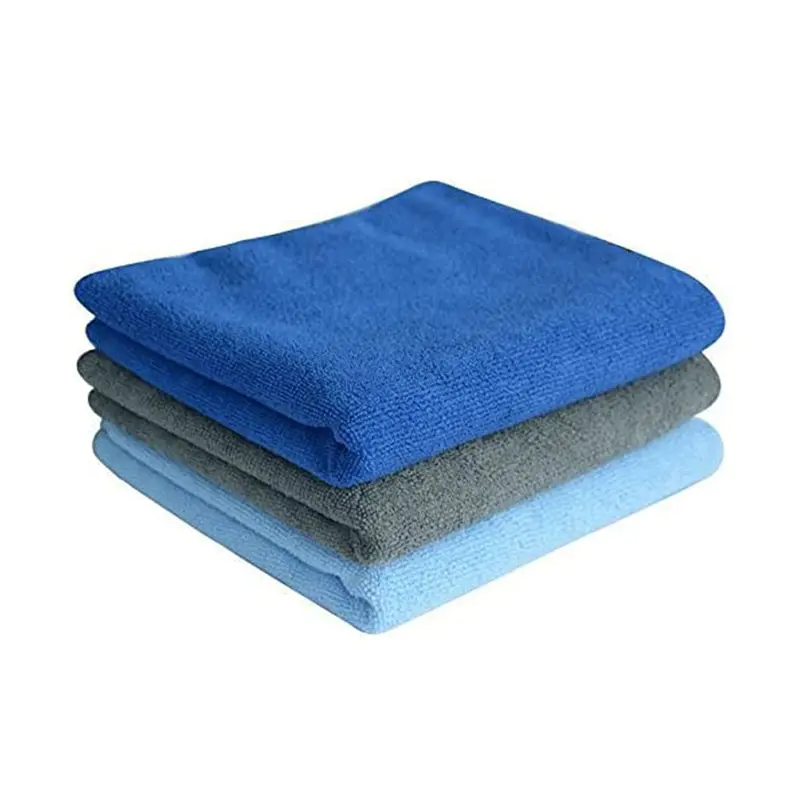

 English
English Español
Español